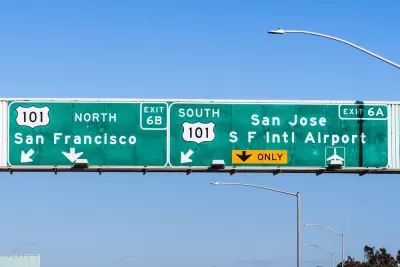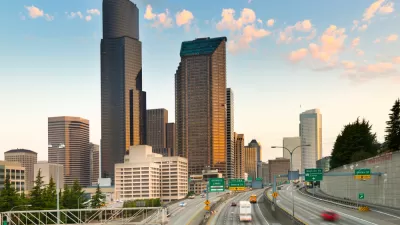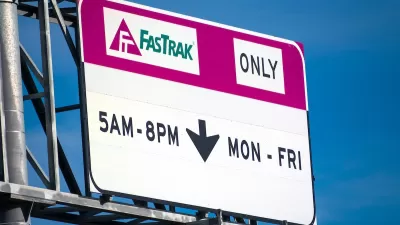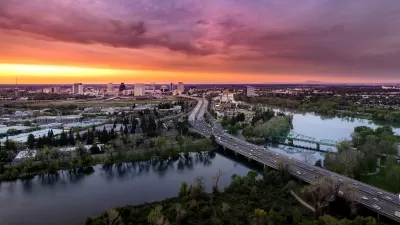Induced demand strikes again.

A two-phase project to add capacity to Highway 101 where it crosses the San Francisco Peninsula spent $600 million and so far has accomplished no progress on congestion, according to a recent article by Roger Ruddick for Streetsblog San Francisco.
The first phase of the project opened in February 2022, with the second phase opening in March 2023. According to locals, however, congestion on the stretch of highway between San Bruno and Palo Alto is unchanged, however.
Rudick quotes Mike Swire, a Peninsula advocate and member of the Citizen’s Advisory Committee of the San Mateo County Transit Authority, who describes the congestion on Highway 101 as only getting worse. "At what point do we stop doing something we know isn't working?" asks Swire in the article.
The project spent $600 million to add Express Lanes along the 15-mile stretch, one of two direct freeway connections between San Francisco and the Silicon Valley. The article characterizes the widening of little to no avail as a repetition of a theme in California.
“This is a continually repeating pattern with freeway widening projects: think of the Oakland Alameda Access Project, a project to massively increase the size of a ramp complex in South San Francisco, or the widening of Los Angeles's 405 freeway, or many other freeway widening and road capacity projects,” writes Rudick of the ability of induced demand to overwhelm all automobile infrastructure capacity in the Bay Area.
It must be noted that no data to back up the figures about congestion on Highway 101 are included.
FULL STORY: Not a Surprise: 101 Freeway Widening Shows Negative Results

Study: Maui’s Plan to Convert Vacation Rentals to Long-Term Housing Could Cause Nearly $1 Billion Economic Loss
The plan would reduce visitor accommodation by 25,% resulting in 1,900 jobs lost.

North Texas Transit Leaders Tout Benefits of TOD for Growing Region
At a summit focused on transit-oriented development, policymakers discussed how North Texas’ expanded light rail system can serve as a tool for economic growth.

Why Should We Subsidize Public Transportation?
Many public transit agencies face financial stress due to rising costs, declining fare revenue, and declining subsidies. Transit advocates must provide a strong business case for increasing public transit funding.

How Community Science Connects People, Parks, and Biodiversity
Community science engages people of all backgrounds in documenting local biodiversity, strengthening connections to nature, and contributing to global efforts like the City Nature Challenge to build a more inclusive and resilient future.

Alabama: Trump Terminates Settlements for Black Communities Harmed By Raw Sewage
Trump deemed the landmark civil rights agreement “illegal DEI and environmental justice policy.”

Dear Tesla Driver: “It’s not You, It’s Him.”
Amidst a booming bumper sticker industry, one writer offers solace to those asking, “Does this car make me look fascist?”
Urban Design for Planners 1: Software Tools
This six-course series explores essential urban design concepts using open source software and equips planners with the tools they need to participate fully in the urban design process.
Planning for Universal Design
Learn the tools for implementing Universal Design in planning regulations.
City of Santa Clarita
Ascent Environmental
Institute for Housing and Urban Development Studies (IHS)
City of Grandview
Harvard GSD Executive Education
Toledo-Lucas County Plan Commissions
Salt Lake City
NYU Wagner Graduate School of Public Service





























